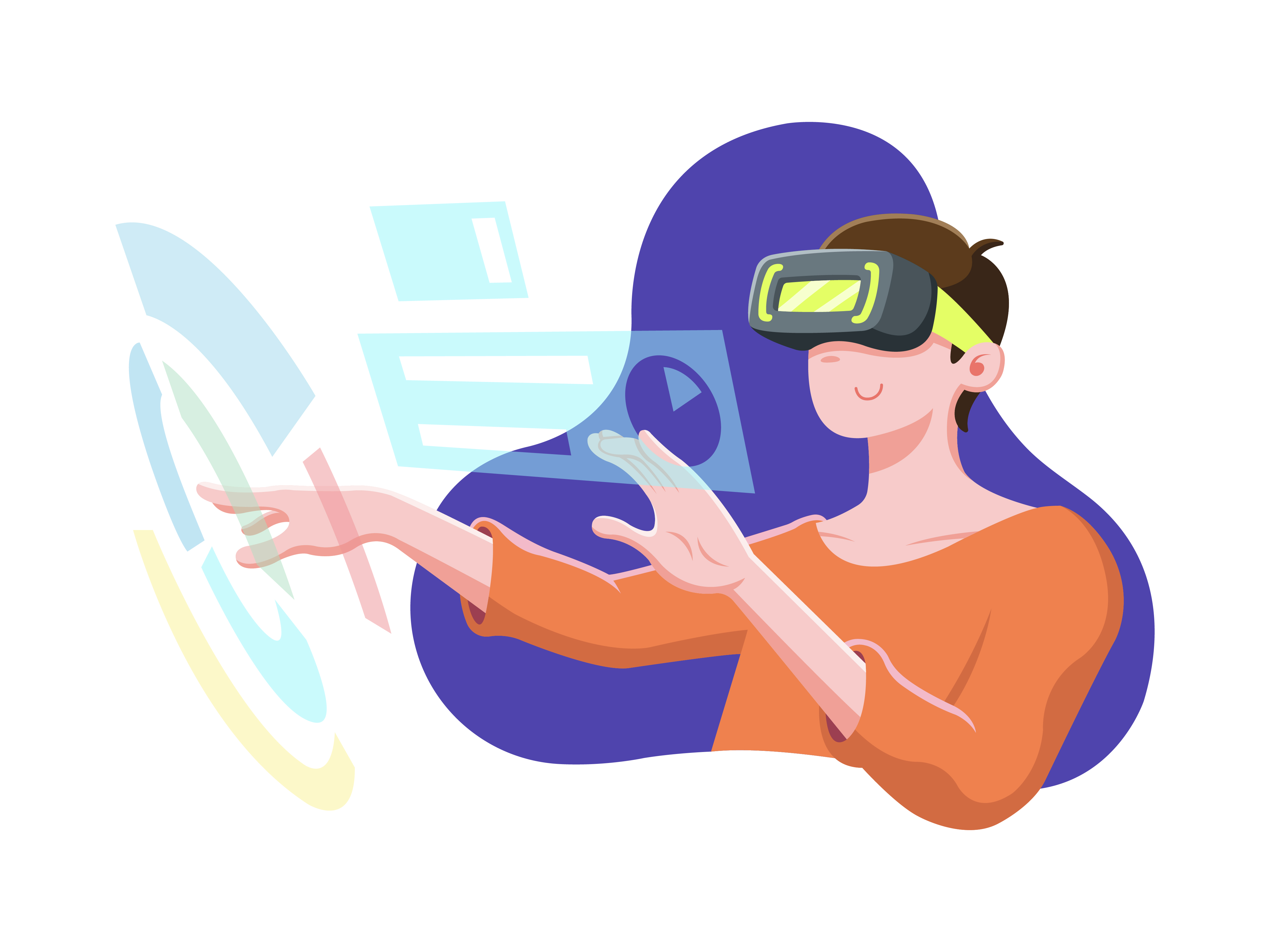Augmented Reality (AR) is defined as a type of technology that aims to enhance the perceptual/world experience of its user by combining/digitizing elements of the user's physical world. The difference between AR and Virtual Reality (VR) is that VR accesses/immerses the user in a digital world free of their physical surroundings, while AR integrates the user's digital elements into their predefined/accessible space, providing an interactive user experience via smartphone, tablet, AR glasses, and other devices.
The Role of AR in UI Design
Augmented Reality (AR) is changing the way user interfaces (UI) are designed, providing a more immersive and engaging user experience. Traditional 2D user interfaces are shifting to interactive 3D environments where users can manipulate elements of the digital world in a more natural way. Whether we are talking about retail, in healthcare, or in education, AR UI will increase usability, making information more available and interactions more natural. Some examples of AR in UI designing include:
Gesture-Based Interface Controls: These are interfaces in which users grasp and manipulate AR elements by the movement of their hands, as opposed to physical interaction with input devices.
Contextually influenced Interfaces: Based on the real-world environment, AR will adapt the UI to provide personalized user experiences (at least dynamic ones).
Enhanced visualization: AR takes UI design to a new level of realism by augmenting experiences with a powerful visual augmentation rather than textually augmenting or over-saturating an experience, such as putting on virtual clothing or seeing a piece of furniture displayed in a room.
Overcoming AR Integration Challenges in UI
Although augmented reality (AR) has a broad range of advantages, incorporating AR into a user interface (UI) presents challenges:
Hardware Limitations of AR Experiences: AR experiences depend on processing resources of a strong device. However, not all users have high-level technology.
User Adaptation: Most users will not have experience with AR interactions. AR interfaces should use intuitive designs to assist with the users' learning curve.
Performance Limitations: AR also requires seamless user experience in terms of performance. Lag or delays will severely impact the user experience.
Accessibility Limitations: It is essential that AR experiences are inclusive and easy to use for different personality types and demographics. Best Practices for AR in UI Design
When creating an AR-driven interface, designers should utilize the following best practices:
Value Usability: Keep interaction straightforward, obvious and meaningful; equilibrium is important as overwhelming the users will spoil the experience.
Ensure Naturalistic Integration: Augmented elements should feel like organic elements of the real world than artificial.
Optimize Performance: Reduce latency and increase responsiveness to improve the overall experience.
Design for Usability: Design for different types of users, not only users that may be unacquainted with AR but also users that may have a disability.
Conclusion
The rise of Augmented Reality in user interface (UI) design is altering digital engagement, enabling more immersive and engaging experiences. If businesses are interested in exploring AR based immersive interfaces, working with a trusted UI UX design agency in Bangalore like Mellow Designs is the best way to implement processes and practices that are effective and overcome challenges to integration.







